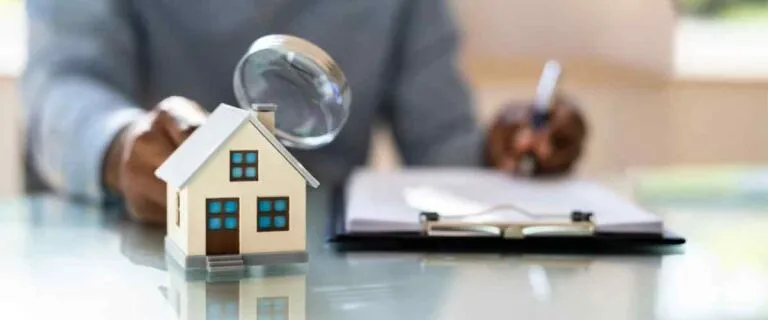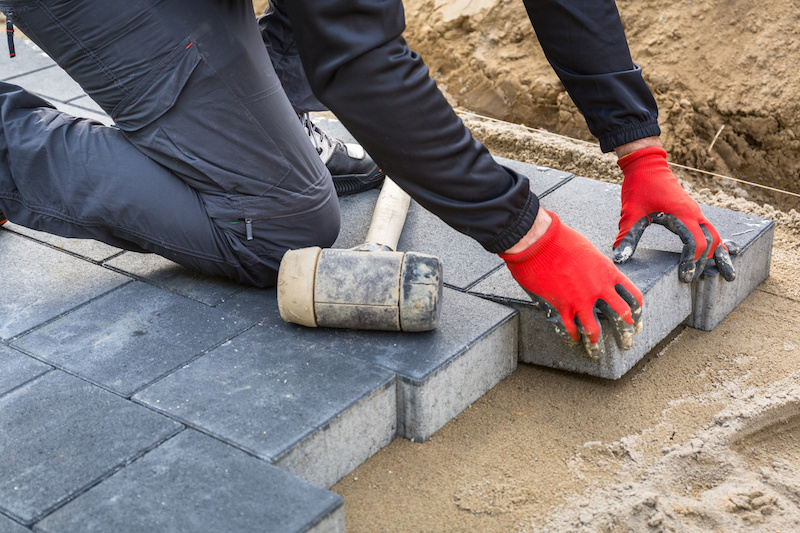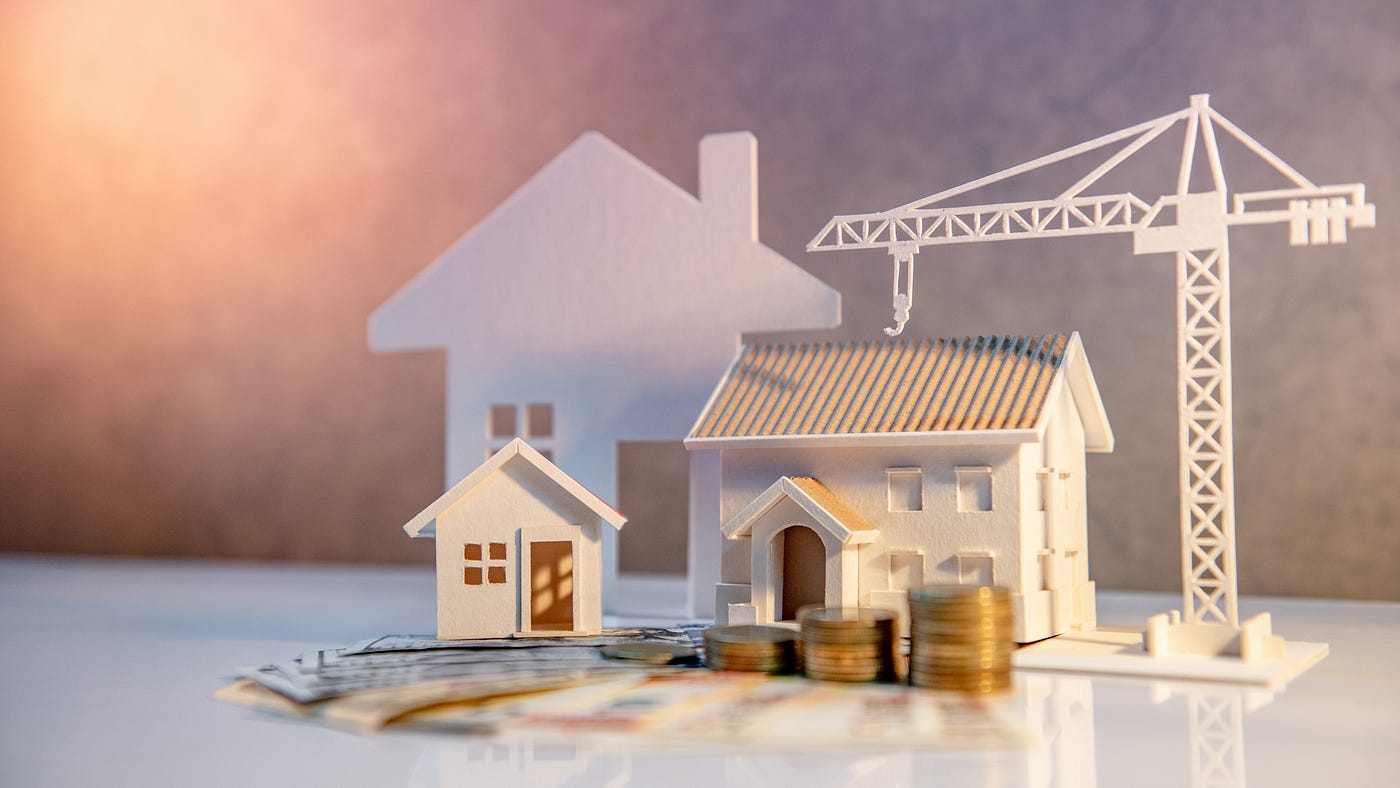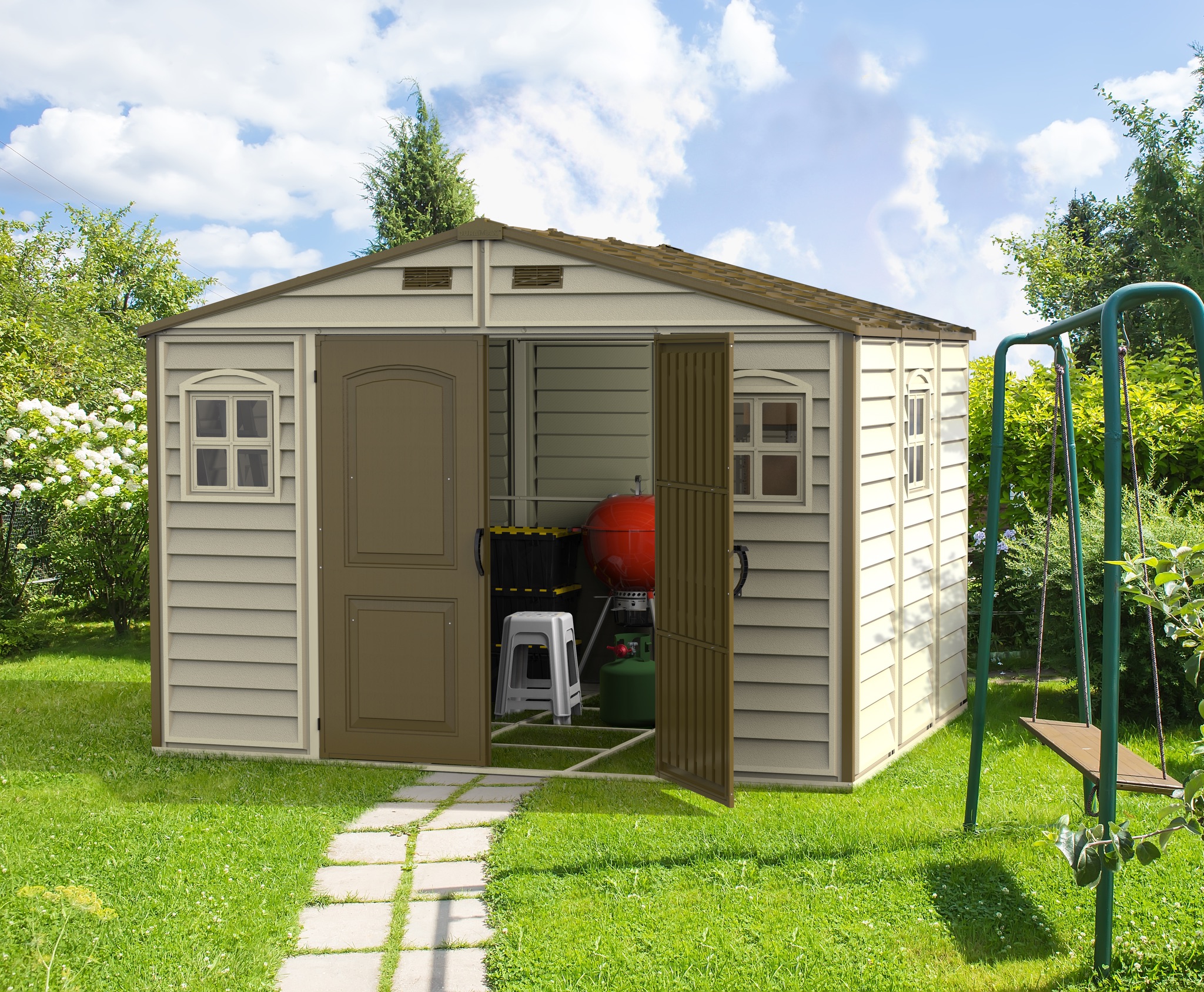Building inspection is to maintain your property on an ongoing basis. Just as we schedule regular check-ups with our doctor or take our car in for routine oil changes, our buildings require consistent care and upkeep to function at their best. This means proactively addressing minor issues before they balloon into larger, more costly problems.
- Checking and replacing HVAC filters
- Inspecting the roof and gutters for leaks or damage
- Ensuring proper drainage around the foundation
- Testing smoke alarms and carbon monoxide detectors
By tackling these maintenance items regularly, you significantly reduce the likelihood of an unpleasant surprise cropping up during an inspection. More importantly, you demonstrate a commitment to the longevity and integrity of your property—a value system that any inspector will surely appreciate.
Know your local building codes
Another critical element of inspection preparation is familiarizing yourself with the building codes specific to your area. These regulations are implemented to ensure the safety, health, and welfare of a building’s occupants, and they can vary widely from one municipality to the next. Take the time to research and understand the codes that apply to your property straight from the source.
- Visiting your local building department’s website
- Consulting with a knowledgeable contractor or architect
- Attending informational seminars or workshops
- Purchasing a current copy of your area’s building code manual
By educating yourself on the pertinent codes, you can proactively identify and address potential compliance issues before an inspector touches your property. This streamlines the inspection process and demonstrates your commitment to being a responsible, law-abiding property owner.
Conduct your pre-inspection
One of the most effective ways to prepare for an official building inspection is to conduct your thorough walk-through of the property beforehand. This allows you to view your building through the critical lens of an inspector and identify any areas that may require attention or repair.
- Checking for proper egress from bedrooms and common areas
- Ensuring handrails and guardrails are secure and up to code
- Looking for any exposed wiring or overloaded electrical outlets
– Testing all windows and doors to ensure they open and close properly
As you work through your checklist, take detailed notes on any issues you encounter and prioritize them based on their severity and potential impact on the inspection. Please address any minor repairs or code violations immediately. For larger projects, develop a clear plan of action and timeline for completion, and be prepared to share this with your inspector as needed.
Document everything
The most important aspect of inspection preparation is meticulous documentation. This includes keeping detailed records of all maintenance tasks, repairs, upgrades, and professional services performed on your property.
- Receipts and invoices for all work completed
- Copies of permits and licenses
- Maintenance schedules and checklists
- Photos and videos documenting the condition of your property over time
- Contact information for all contractors and professionals who have serviced your building
Documentation provides a valuable paper trail for your reference, but it also demonstrates to your inspector that you take your responsibilities as a property owner seriously. It shows that you’re committed to the ongoing care and improvement of your building and are willing to invest the necessary time and resources to ensure it remains safe, functional, and up to code.
By consistently maintaining your building, educating yourself on local codes, conducting your pre-inspection, partnering with professionals, and documenting everything along the way, you’re not just preparing for an inspection—you’re honouring the responsibilities and privileges of property ownership. And that’s something any inspector is sure to recognize and appreciate.




